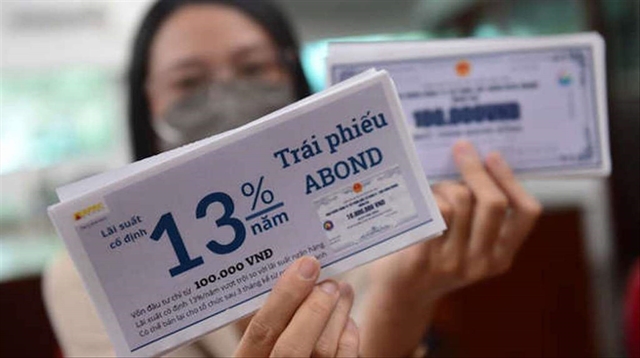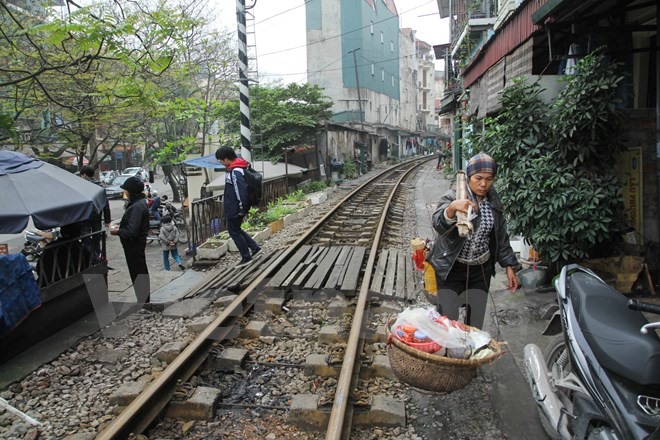 Society
Society

Railway authorities said they would need at least VNĐ1.7 trillion (US$74.97 million) in 2017-2020 to address long-standing rail accident hotspots at illegal level crossings.
 |
| An illegal level crossing in Hà Nội made from wooden boards to make it easier for people to cross the railway that courses through a densely populated area. — VNA/VNS Photo Minh Sơn |
HÀ NỘI — Railway authorities said they would need at least VNĐ1.7 trillion (US$75 million) in 2017-2020 to address long-standing rail accident hotspots at illegal level crossings.
In Việt Nam, accidents caused by the trespass of railroads at such locations account for 70 per cent of all rail-related accidents.
Commonly witnessed throughout Việt Nam, especially in urban areas such as Hà Nội, railroads run through densely populated residential areas. Where houses and roads might be just a few metres away, people in the neighbourhood often construct ‘improvised’ level crossings. These self-made crossings do not feature any signage that warns drivers or pedestrians of oncoming trains, making them a magnet for tragedies that could easily be prevented.
According to Việt Nam Railways (VNR), there are at least 4,300 illegal and unplanned level crossings around the country, accounting for 73.7 per cent of rail crossings of all kinds, in addition to another 14,171 violations of the railroad safety corridor.
The amount of $75 million over the three-year period would only seek to shut down 2,000 such crossings, by erecting roadblocks and building frontage roads, in addition to performing maintenance and repairs to the official level crossings and upgrade 452 signage-only level crossings to automatic half barrier crossings.
VNR claimed it has reviewed, taken stock, and classified the improvised level crossings, as well as carried out a range of measures to close these passages, including erecting warning signs, but the effectiveness of the measures has been modest. Phạm Nguyễn Chiến, head of the VNR’s railway traffic safety board, said that enhancing public traffic safety “can not be achieved by efforts of a sector or a locality, but the whole society’s efforts.”
Chiến also acknowledged that the persistent existence of accident black spots is due to a lack of funds, meaning that many traffic safety projects stay on paper or fail to meet deadlines, despite VNĐ26.36 trillion (approx. $1.16 billion) officially approved by the Prime Minister in 2014 for “reestablishing traffic safety corridors for the 2014-2020 period” along railways and roads.
The railway sector aims to eliminate all unplanned and illegal level crossings by 2025 as stated in the draft decree on the implementation of the Law on Railways 2017, which the transport ministry is building and is expected to take effect starting July 1. The decree would include a detailed roadmap to decrease and gradually remove all illegal level crossings with targets for each year.
The decree would also clarify responsibilities of the local government in managing thousands of rail accident hotspots. District-level people’s committees must identify and frequently monitor dangerous locations, then work in tandem with relevant authorities to address those black spots. Chairmen of district-level people’s committees would be held accountable for the emergence of illegal crossings under their jurisdictions. — VNS